Binz – Coachbuilt History
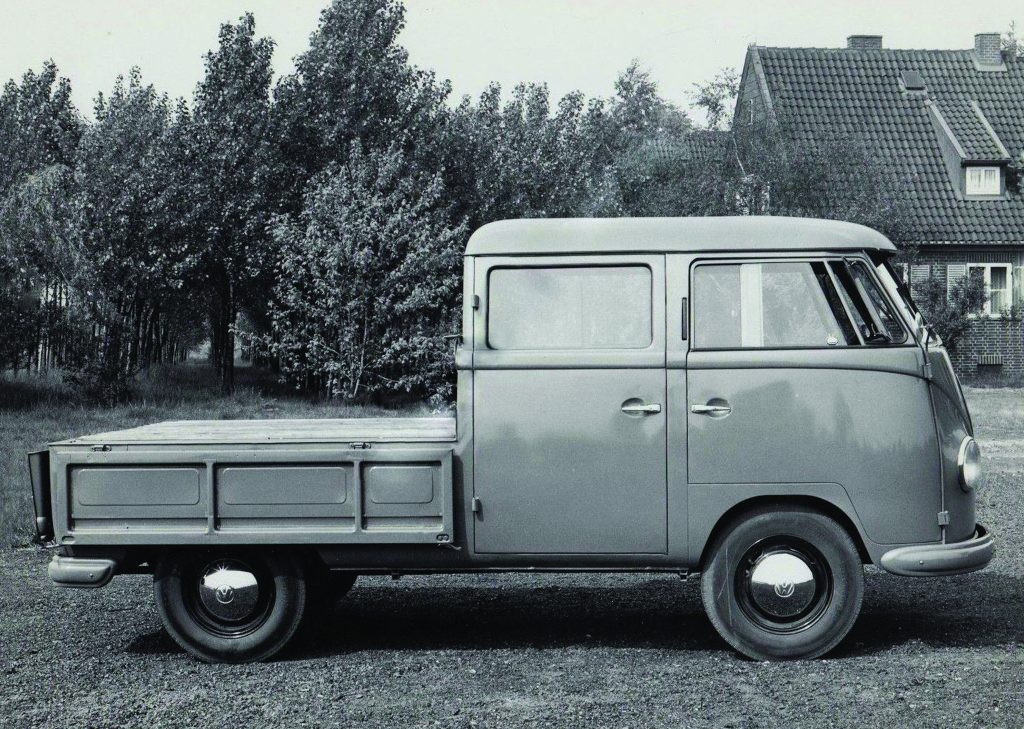
Production of the Volkswagen Type2 had been in full swing for a year or so and sale figures were rocketing, the Kombi, Deluxe and Panel van were an all round success and Volkswagen were looking in to new ways to expand the commercial range to keep up with their competitors. By August 1952, their all new creation the ‘Pick-Up’ (known by enthusiasts as the Single Cab) was unveiled.

Although it used most of the same parts and characteristics of the rest of VW’s Type2 range it had various changes such as: The engine cooling vents had been lowered to further down the side panel to make room for the new drop-sides, the fuel tank had been moved just in front of the rear torsion housing, the new “Treasure Chest” a toolbox under the load bed were added. It’s easy to spot one of these early Single Cab examples as they’re know as ’smooth gates’ because the strength pressings in the drop sides weren’t added until late ’53.

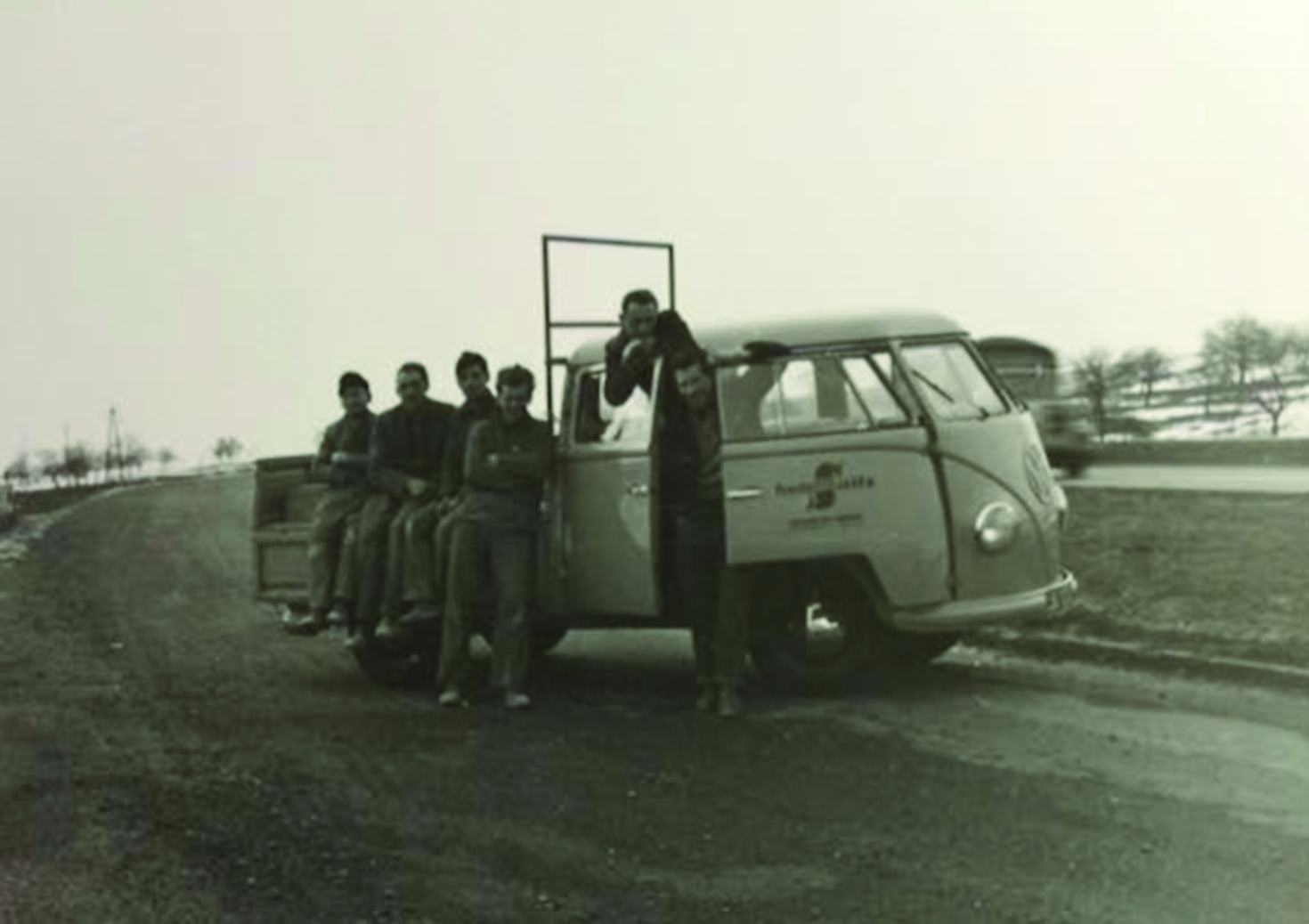
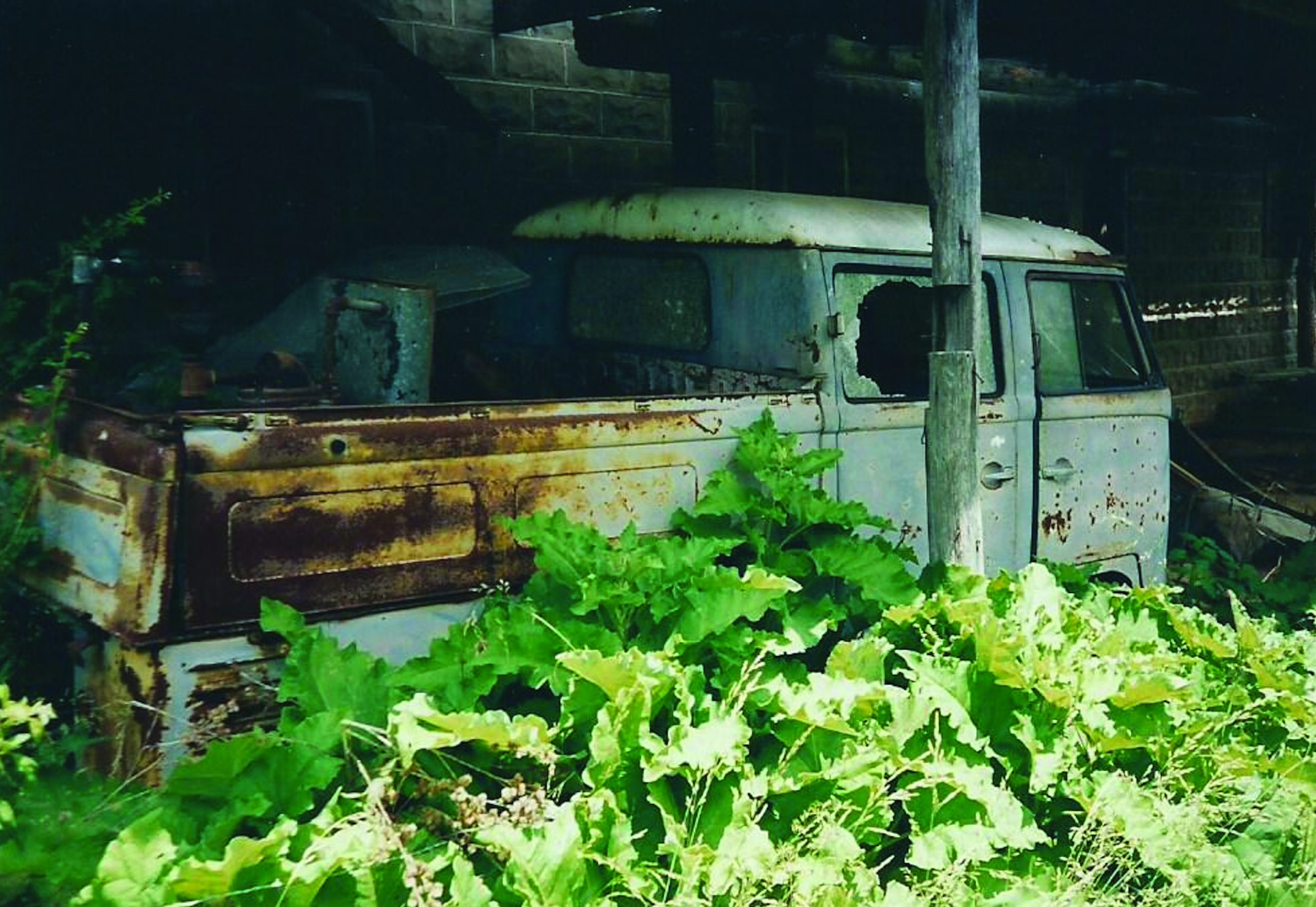
Again, like the other models the new Pick-Up was a great success world wide but could only seat 2 or 3 people at a push, all good for the sole trader but limiting when you wanted to take crew along to do a job or even for use as an everyday vehicle when you have a family. With this in mind, Volkswagen were already looking in to options and like so many other stories throughout VW’s history someone else came up with the solution for them. This is where the ‘Crew-cab’ came in to play.
In the beginning Volkswagen didn’t build Crew-Cab trucks they would just supply their dealership network throughout Germany single cabs with an SO-16 / A-16 code, which means ’special order vehicle’, and upon order, the dealership would send the vehicle to a company called Binz GmbH & Co. KG.
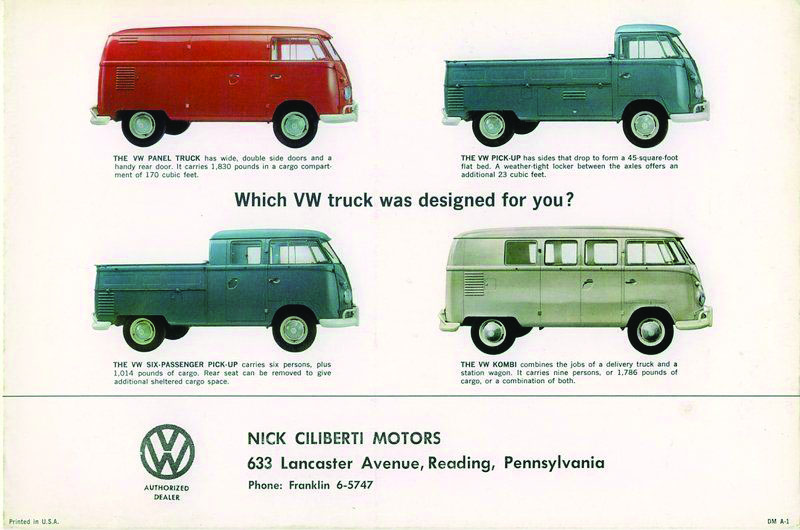
These guys ended up getting the Volkswagen contract for building these trucks because of a visit they had from a garden centre owner in the mid 50’s, asking for a vehicle that he could use to carry plants, workers, or materials all at once. They required an enclosed area that was safe from the elements. This was Binz’s solution. They were a coachbuilder who specialised in conversions and manufacturing custom vehicles, founded in 1936 as coachbuilder Binz Lorch & Co by Michael Binz in Lorch, Germany. They are well known for manufacturing fire engines, ambulances, police cars, vehicles for the disabled and funeral vehicles for Mercedes-Benz. It is rumoured you could bring your single cab to Binz in person to have it converted by Binz which would explain the ‘Binz Barndoor’ photos but we can’t find any solid documentation to back up the theory.
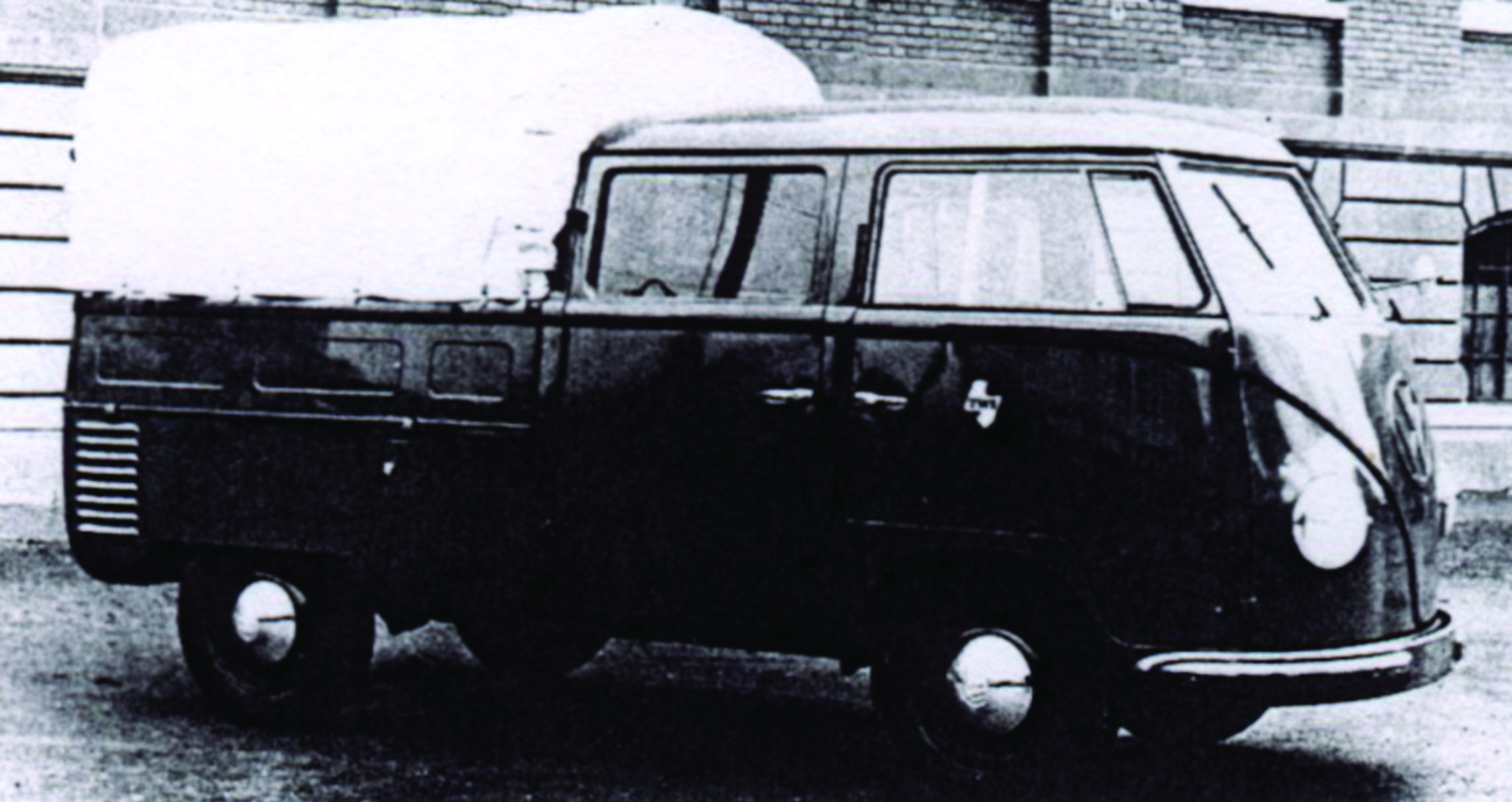
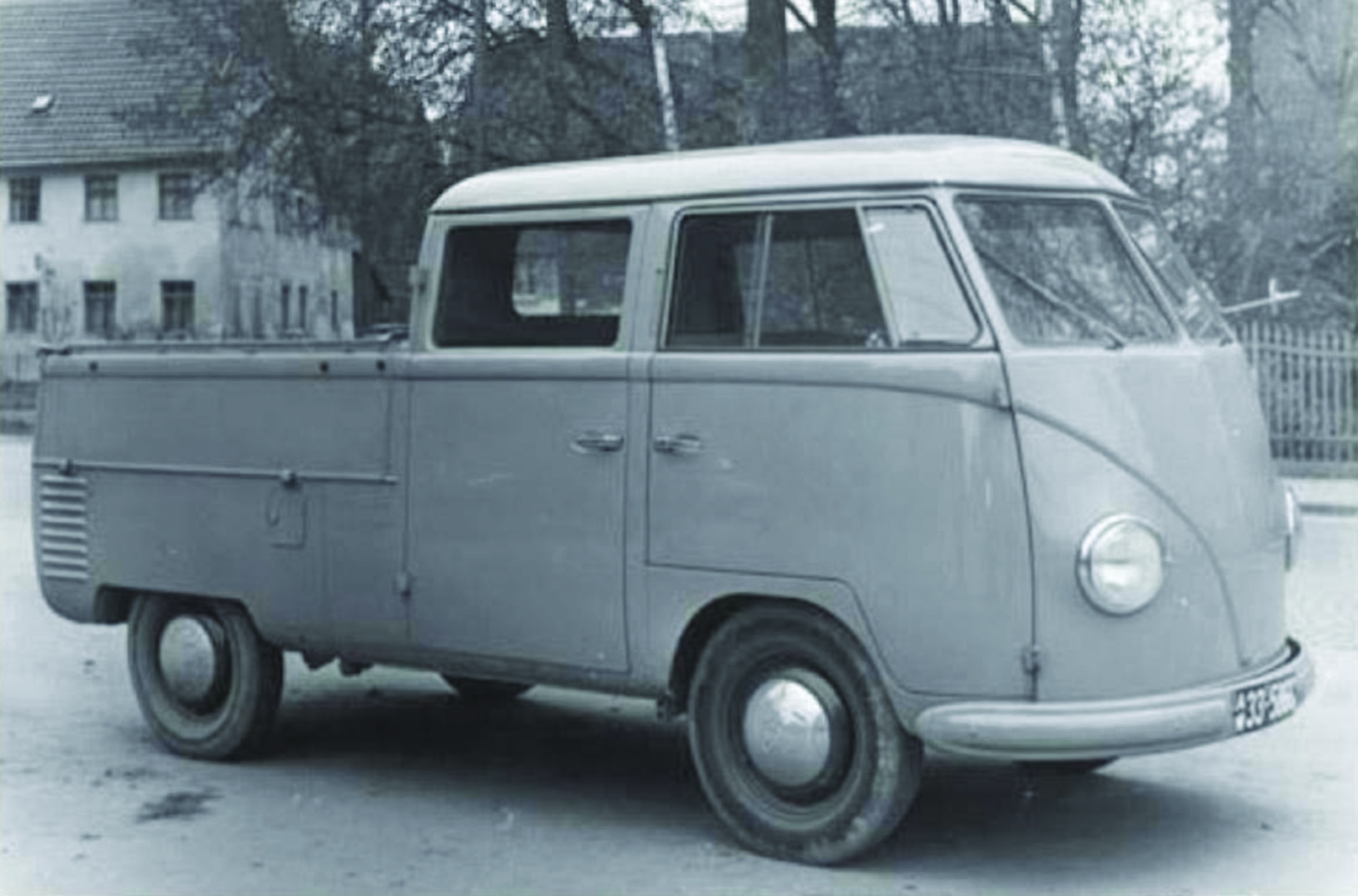
Upon placing an order at the main dealership, a ’special order’ code Single-Cab from Hannover would be delivered to Binz wearing just factory primer. The bus would already be fitted with belly pans for strength the same as a Samba or Double-door Panel-Van. They would then proceed to hack back off the cab and extend by 850mm using their own panel which they would just overlap and lead load. A new bulkhead was formed in between the front seat and back area baring a plaque reading “Binz Karosserie” followed by 3653- then the production number. The 3653 is more than likely the conversion designation. The access to this rear area would be through a new door aperture with a backwards hinged ’Suicide’ door, using slightly modified regular split bus door hinges and a wide window special ordered by Sekurit (the same company who supplied the glass for most production VW’s). We think the heavy suicide door was known to be a bad design and for safety reasons ended up being adapted to open normally sometime in early ’59.

The drop gates were cut and shortened to allow the extra-large cab and load bed was removed from the new cab area, losing the threaded holes which attach the front hoops to the bed. Binz didn’t re-make these items, they just flattened the two outer ribs to make room a hoop to be attached. The fully removable rear seat would cost you extra and was similar to a normal Type’2 Microbus middle seat with special Binz hardware to attach it to the floor. Most Binz Crew-Cab’s were painted Dove blue, the standard colour for the VW commercial range of the time and black underneath rather than the standard VW grey.
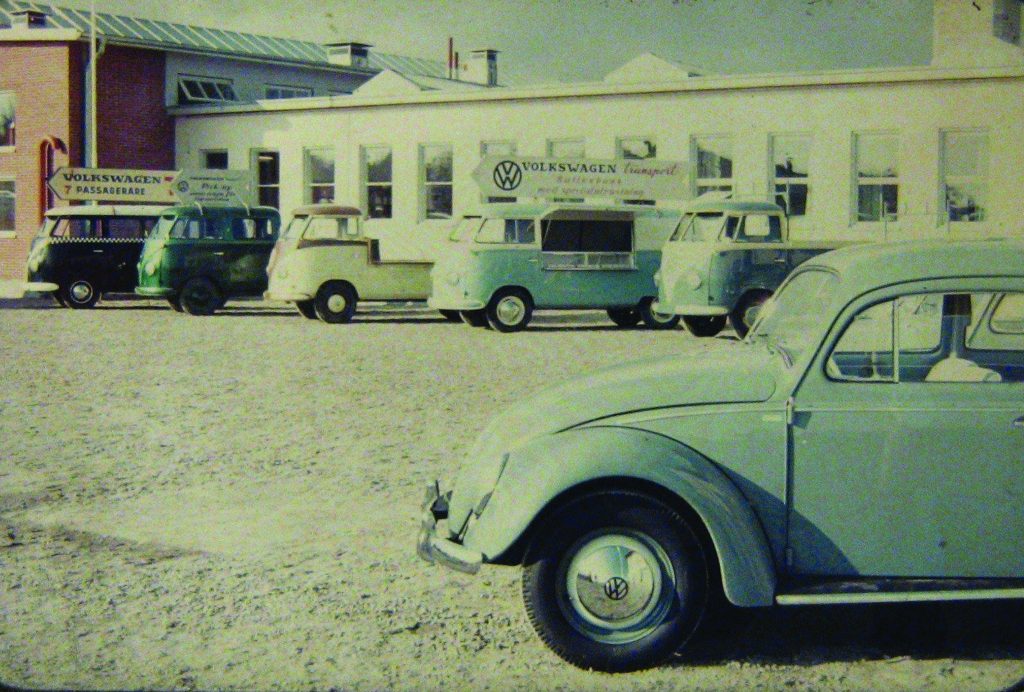


Over this time period, the Binz Crew-Cab wasn’t a huge success when you compare it to other VW models, with a much argued number of around 600 sold (mostly sold in 1958) with orders ending in February 1959. The reasons for the poor sale figures were a combination of a substandard advertising campaign by VW and the dealerships, a long waiting period after you’d place your order, and at the time a reputation for very poor build quality with complaints about badly masked flaking paint (it wasn’t uncommon for them to leave unseen areas in red primer).
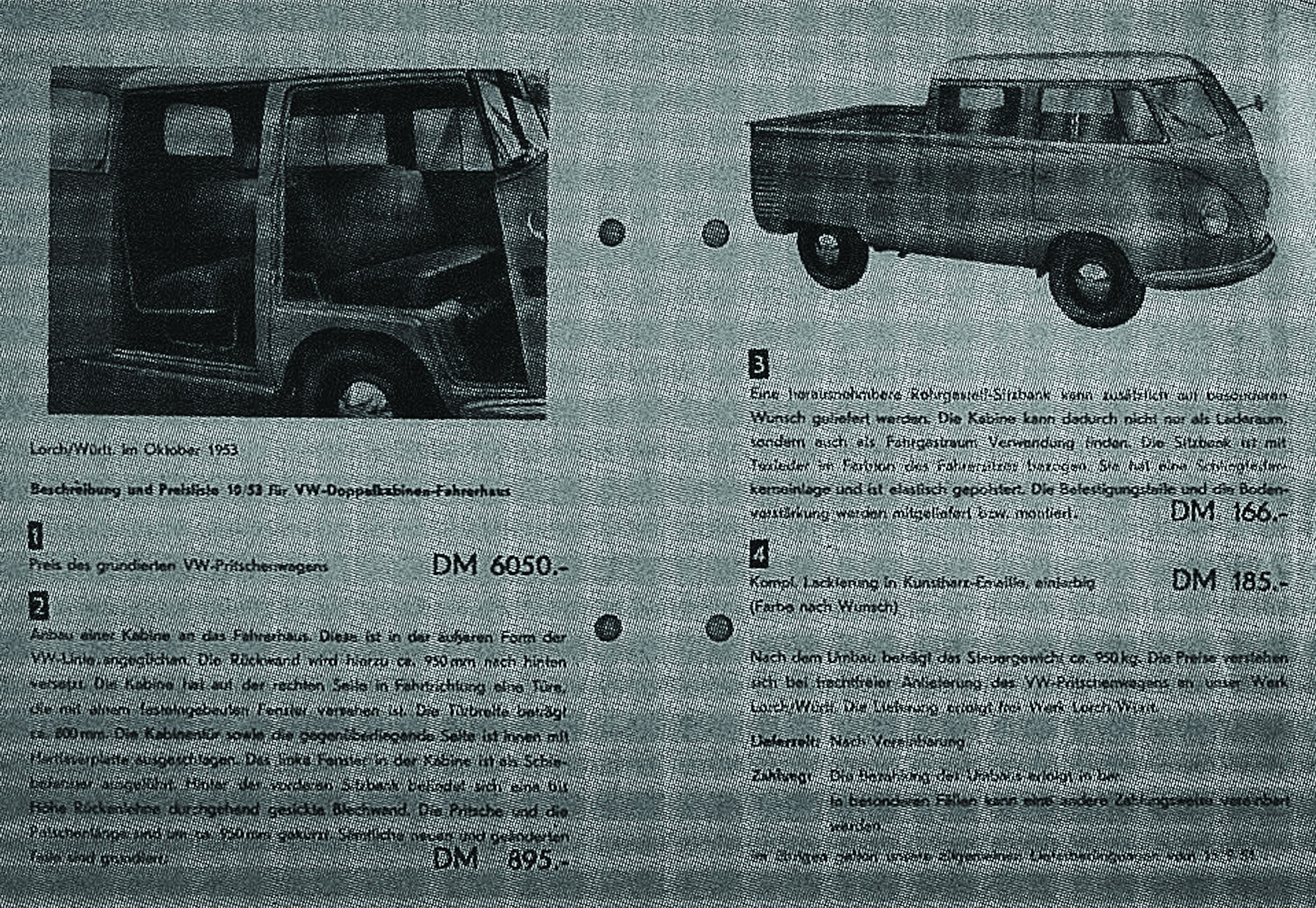

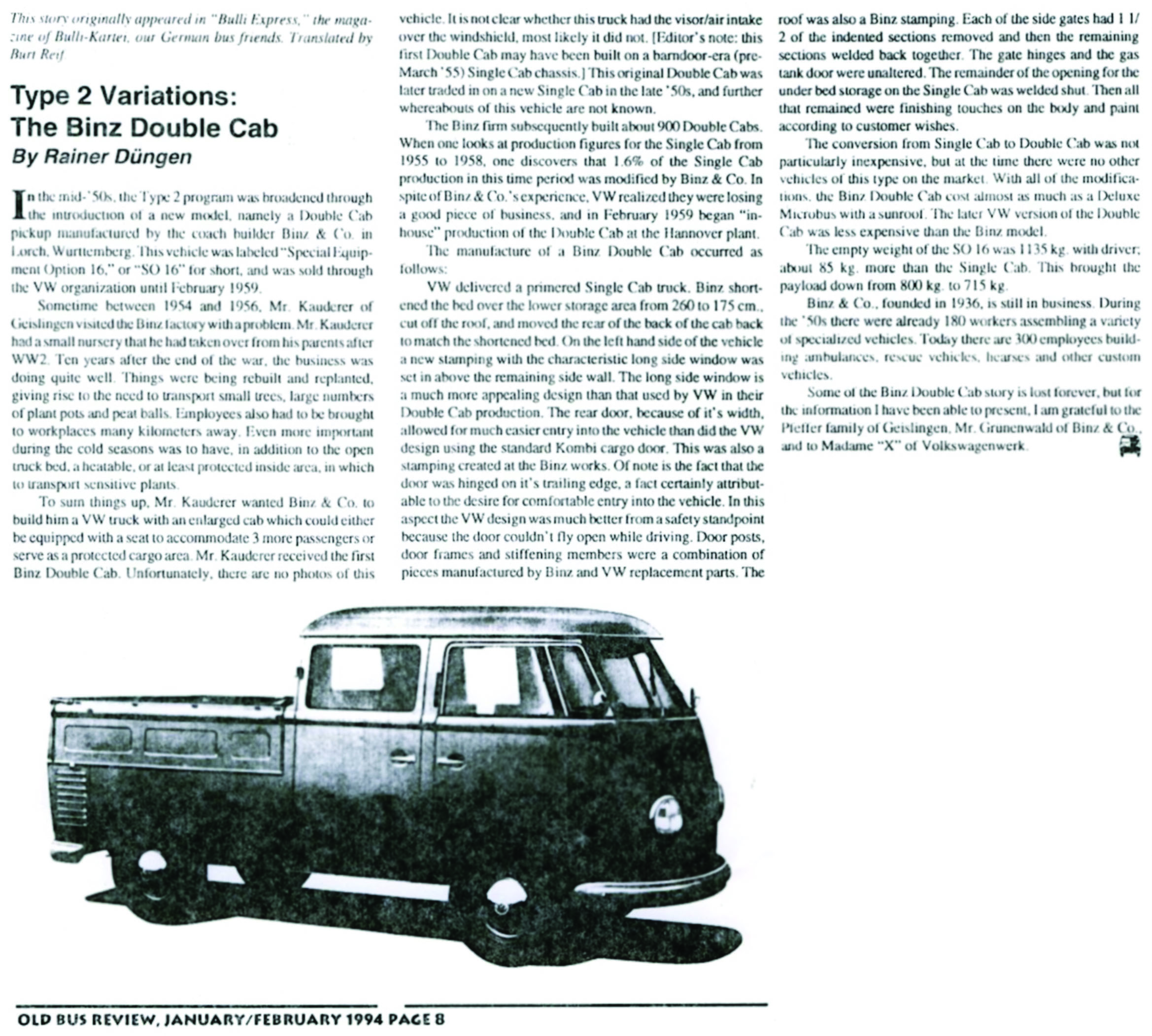
There were also complaints about premature corrosion on the new Binz panels around seams and cracking where large amounts of lead were use on joints. It was surprising just how badly the vehicles were put together considering the lengths VW went to keep an eye on the quality of their other preferred coachbulders such as Karmann and Hebmuller. You might go as far as saying that the Binz Crew-Cab cab, after being approved by official Volkswagen, ended up being the most ignored… That is, until the end of the 50’s came along and the new improved quality Crew-Cabs started rolling off the VW production line at Hannover.
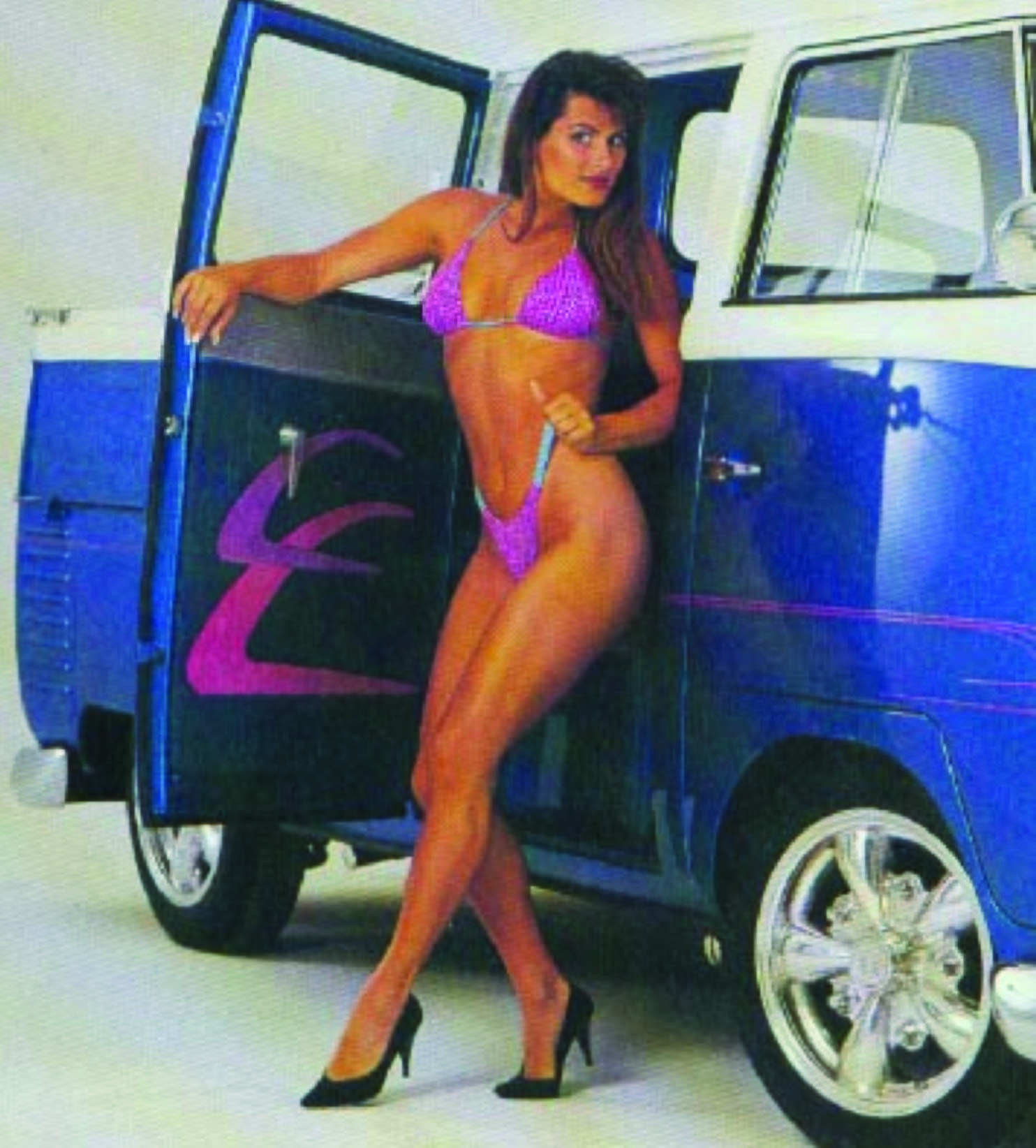
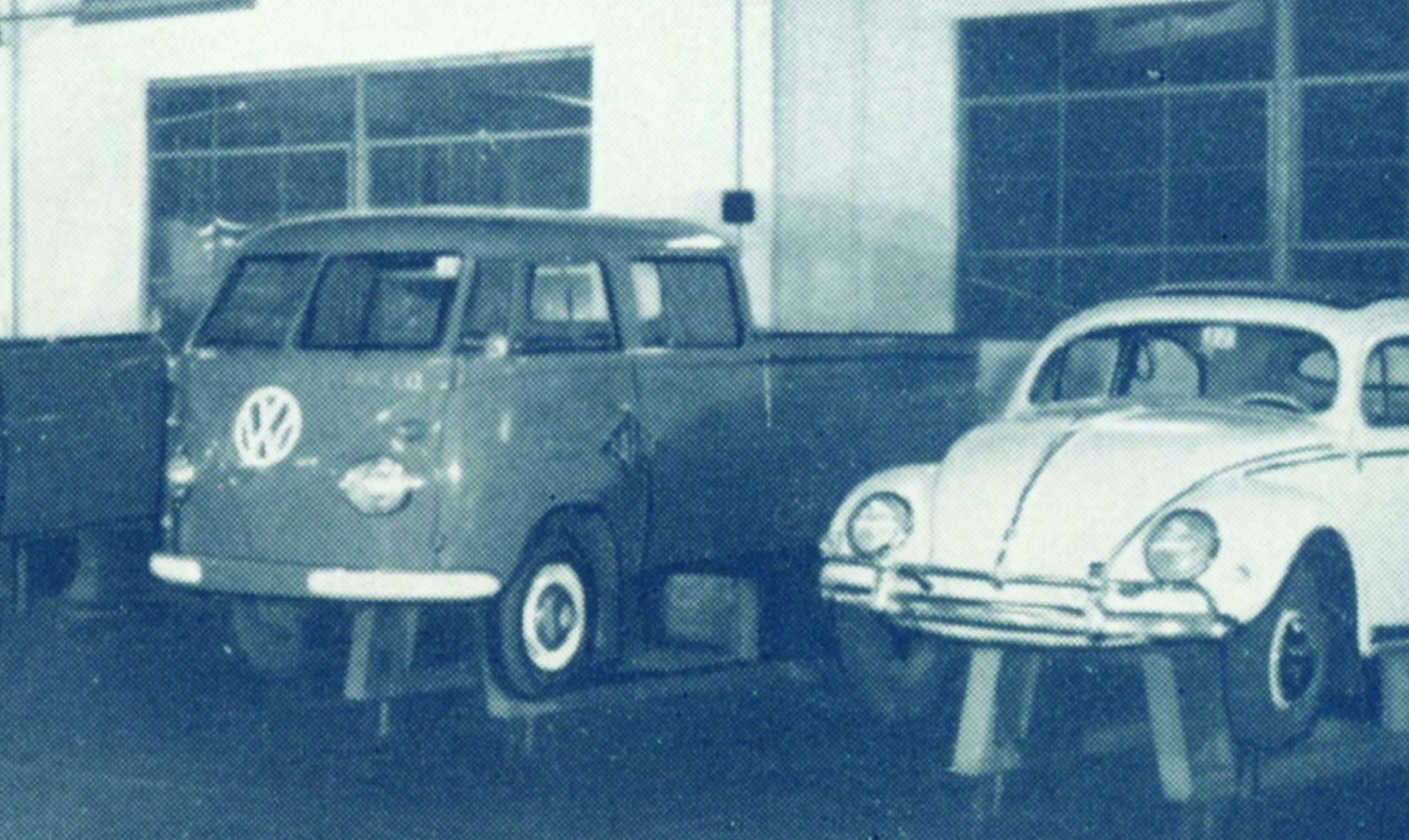
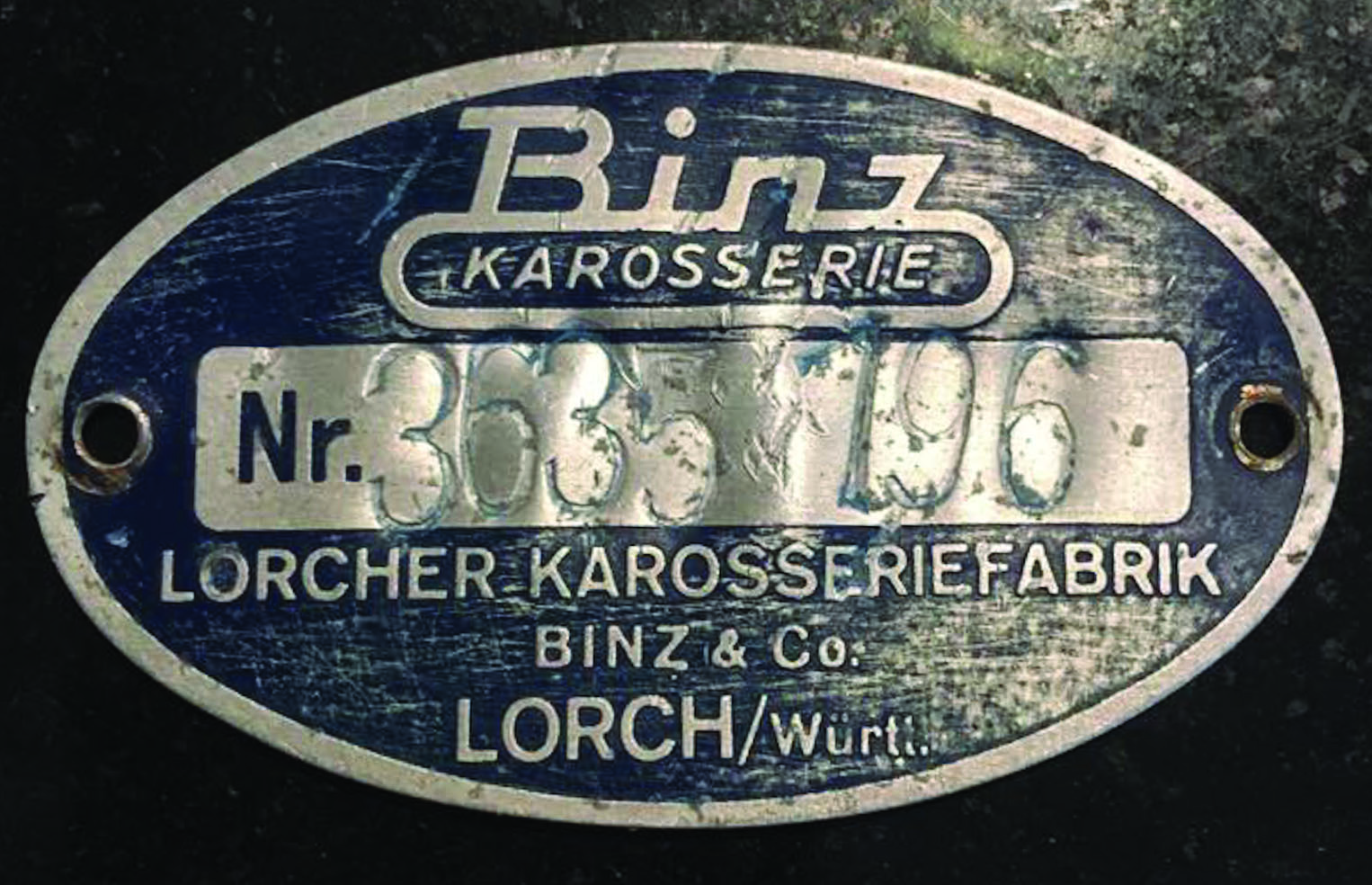

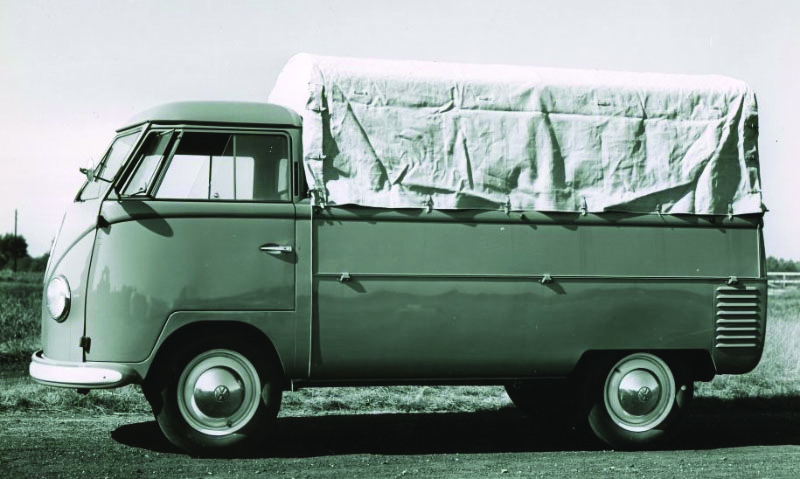
Binz stopped trading only last year after more than 80 years in the business. The Binz-built VWs have never been more rare, valuable and sort after. We wish you all the luck in the world in finding one.

